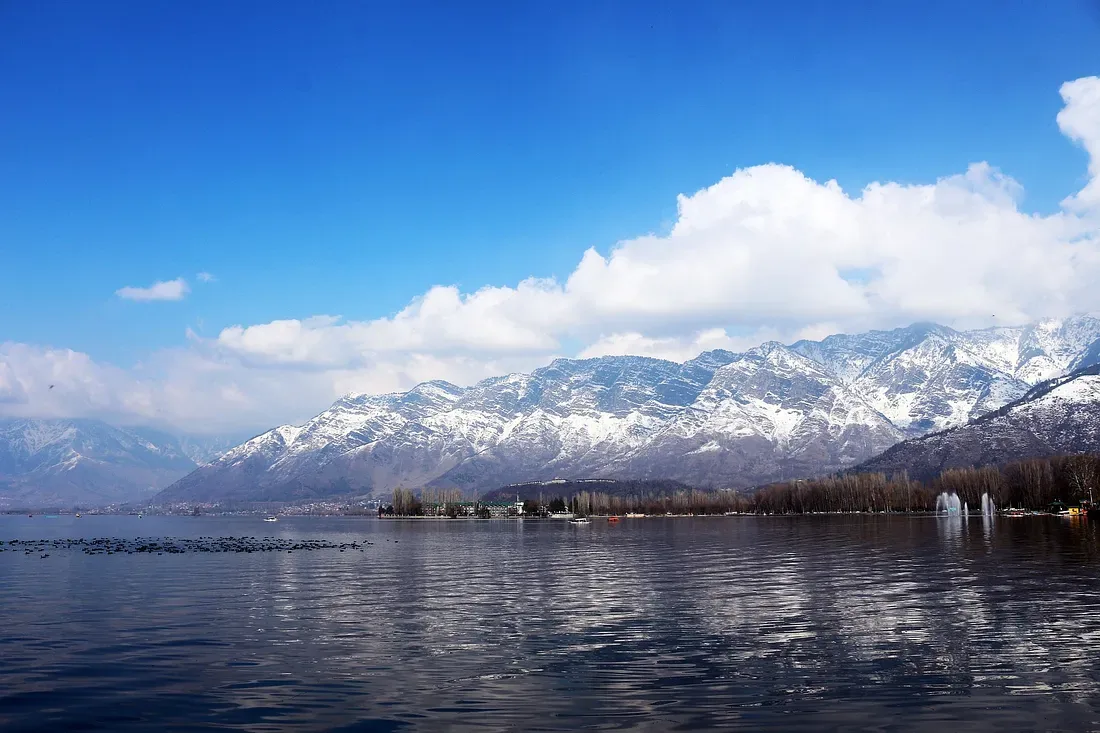How many of you thought that this winter wasn’t as cold as it should be?
The feeling of the weather around us depends on the temperatures our individual bodies can sustain and sometimes depends on the mood we are in. And most of us concentrate on short-term feelings wherein we compare the weather today with yesterday or a week before. This makes most of us feel Mar-May hotter than ever and Nov-Jan cooler than ever (considering Indian conditions, may vary in different geographies).
Each individual’s physical and mental aspects are different and so is their perception of weather—some people like the temperatures to be below 15C while others might like to have temperatures above 25C. So the perception of weather depends on one’s own feelings.
As the winter is almost over in India, we wanted to look at whether it was normal weather or some abrupt changes, looking in an objective frame rather than the feel.
Before the winter, the Indian Meteorological Department IMD, responsible for analyzing and alerting on changing weather patterns issued their forecast in the first week of December 2023 which briefly said:
In November 2023, the average calculated for maximum and minimum temperatures of all days of the month was the third highest since 1901.
Also, the temperature averaged over the day is called the mean temperature, when averaged over Nov month was the highest ever, indicating it was one of the hottest November months in India.
Also, there are reports that the hills of Himachal Pradesh, Uttarakhand and J&K grappled with less snow this winter.
So, it is evident that winter was short and less cold this time for sure.
But why was winter short this time?
According to scientists, such conditions are a result of increasing global warming. Continuous increases in the global mean temperatures have been impacting the dynamics of larger weather phenomena such as western disturbances and ENSO (El Nino Southern Oscillation).
An El Niño is declared when the average sea surface temperatures in the east-central tropical Pacific (in the Nino 3.4 region), stay more than 0.5 degrees Celsius above the long-term average for five consecutive months.
More about such weather phenomena is covered in this blog here.
Changes in the characteristics of such weather patterns due to increasing heat have largely affected the precipitation this winter.
And this global warming phenomenon is not just affecting India.
According to a report by the Intergovernmental Panel on Climate Change (IPCC), an intergovernmental body of the United Nations, the occurrence of extreme heatwaves will very likely increase in Asia. And it is not just limited to heat waves as covered in this blog.
It states that cold days and nights have become fewer.
According to the European Union’s Copernicus Climate Change Service,
January 2024 was the warmest January on record globally, with an average ERA5 surface air temperature of 13.14°C, 0.70°C above the 1991–2020 average for January and 0.12°C above the temperature of the previous warmest January, in 2020.
This is the eighth month in a row that is the warmest on record for the respective month of the year.
Maybe it is time that we accept the reality of climate change, adapt to it, and actively indulge in solutions that do not aggravate this issue. What do you think?

